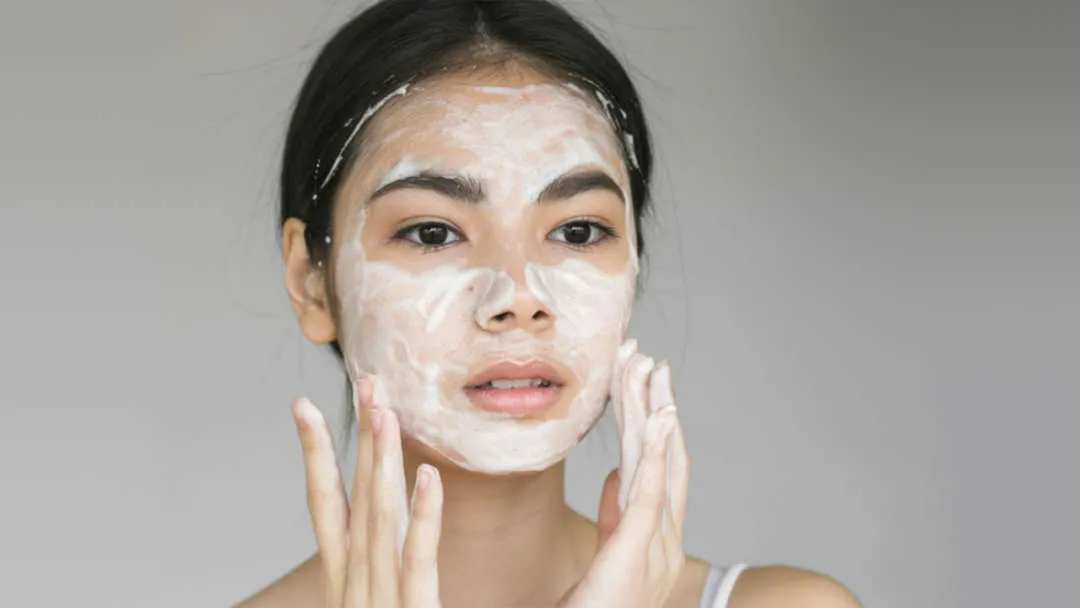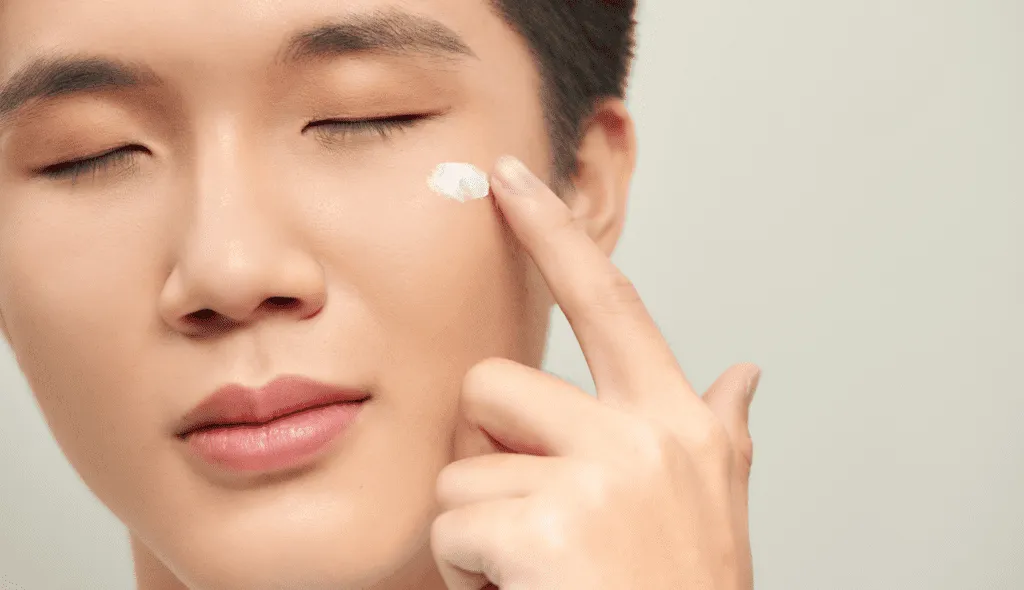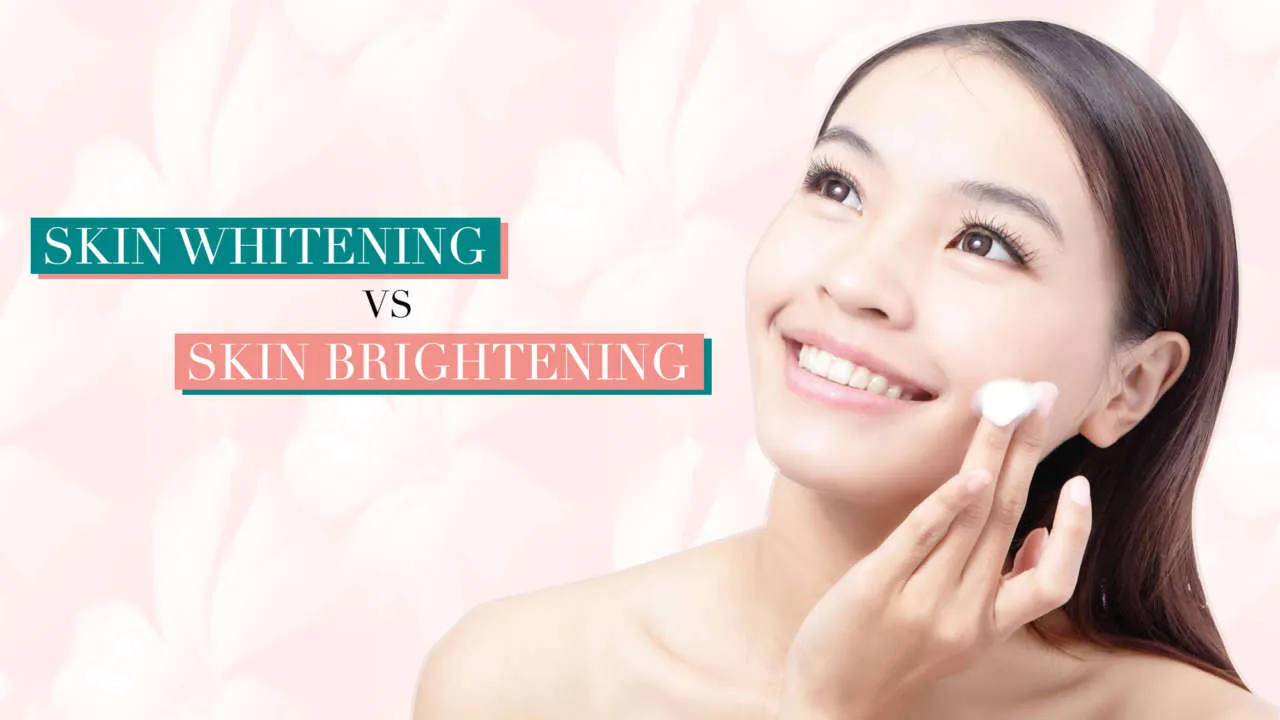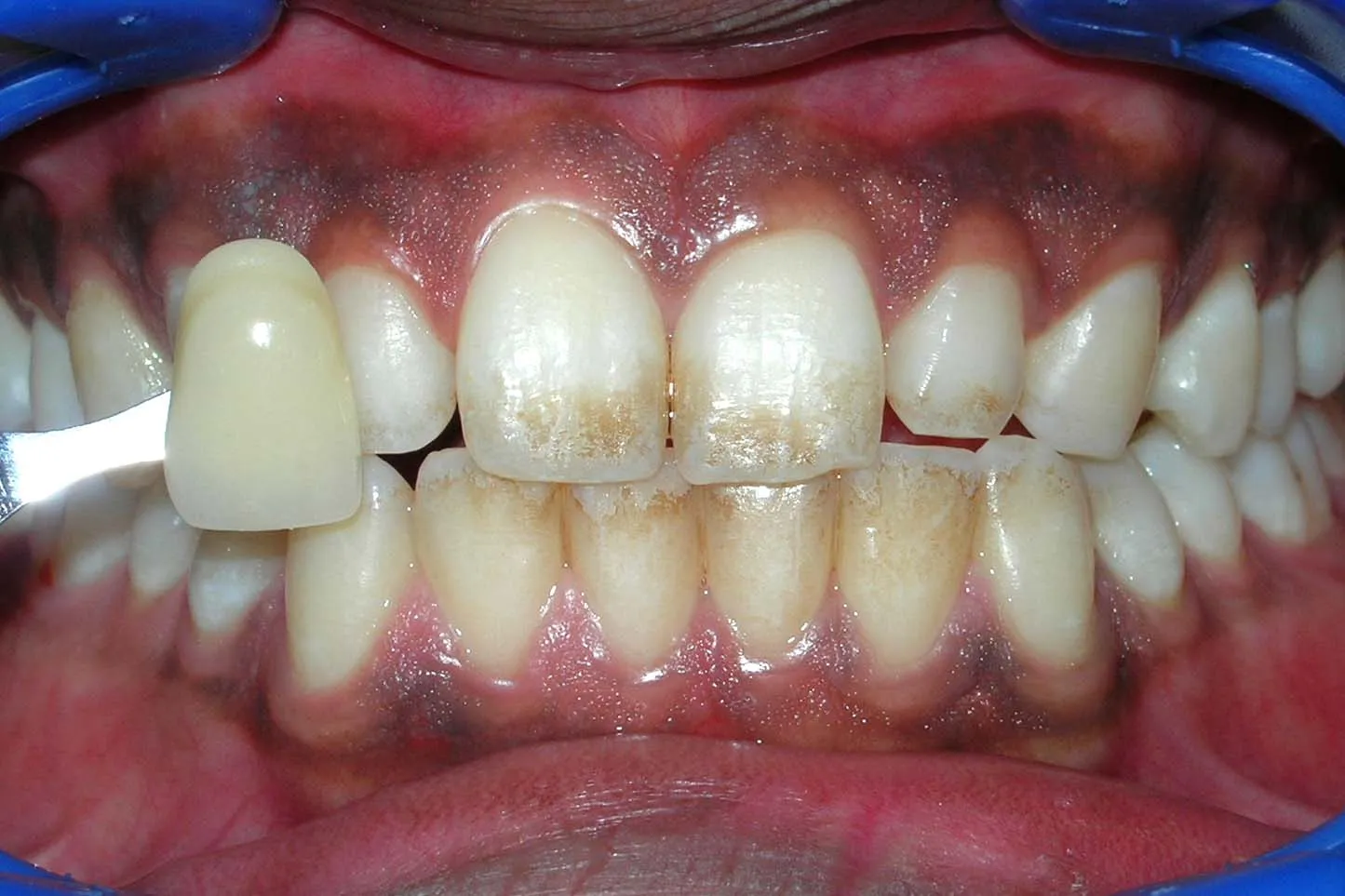Understanding the nuances between skin brightening and skin whitening is crucial for anyone seeking to improve their skin’s appearance. Both terms are often used in the skincare world, but they represent distinct approaches to achieving a more radiant complexion. This guide will delve into the specifics of each, helping you make informed decisions about your skincare routine and goals. Whether you’re aiming to reduce dullness or target specific pigmentation concerns, knowing the difference between brightening and whitening is the first step towards achieving your desired results. Let’s embark on a journey to illuminate the key distinctions, ingredients, and treatments associated with each term, empowering you to make choices that best suit your individual needs and aspirations for glowing, healthy skin.
What is Skin Brightening
Skin brightening focuses on enhancing the natural glow and radiance of the skin. It involves treatments and products designed to reduce dullness, even out skin tone, and improve overall complexion. Unlike whitening, brightening doesn’t aim to change the skin’s natural pigment level significantly. Instead, it works to reveal a brighter, healthier surface by addressing issues like uneven texture, sun damage, and hyperpigmentation. The goal is to create a more luminous and vibrant appearance. Brightening treatments often work by gently exfoliating the skin, promoting cell turnover, and providing antioxidants that protect against environmental damage. This process helps to eliminate dead skin cells and reveal the fresh, glowing skin underneath, resulting in a more youthful and revitalized look.
Benefits of Skin Brightening
The benefits of skin brightening extend beyond mere aesthetics, contributing significantly to overall skin health. Primarily, brightening treatments combat dullness, a common skin concern that can make the complexion appear tired and lackluster. By exfoliating and promoting cell turnover, these treatments help to reveal a fresher, more vibrant skin surface. Furthermore, brightening can reduce the appearance of dark spots and uneven skin tone caused by sun damage or aging, leading to a more balanced and uniform complexion. The antioxidants often found in brightening products provide protection against environmental stressors, such as pollution and UV rays, which can accelerate skin aging. Regular use of brightening products can also improve skin texture, making it smoother and more supple. Ultimately, the benefits of skin brightening go beyond superficial enhancements, playing a vital role in maintaining healthy, radiant, and youthful-looking skin.
Brightening Ingredients Explained

Effective skin brightening often relies on a blend of key ingredients, each contributing unique benefits. Vitamin C, a potent antioxidant, neutralizes free radicals and promotes collagen production, leading to brighter, firmer skin. Niacinamide, a form of vitamin B3, helps reduce inflammation, minimize pores, and improve skin tone. AHAs (Alpha Hydroxy Acids) like glycolic and lactic acid exfoliate the skin, removing dead cells and revealing a fresh layer underneath. BHAs (Beta Hydroxy Acids) such as salicylic acid penetrate deeper into pores to clear debris and improve skin clarity. Retinoids, derived from vitamin A, boost cell turnover, reduce fine lines, and even skin tone. These ingredients work synergistically, targeting different aspects of skin health to deliver comprehensive brightening effects. Understanding how each ingredient functions allows you to choose products that best suit your skin’s needs and achieve optimal results.
Types of Brightening Products
The market offers a diverse range of brightening products to cater to various skincare routines and preferences. Serums are highly concentrated formulas that often contain potent active ingredients, such as vitamin C or retinoids, designed to penetrate deep into the skin for maximum effect. Cleansers with brightening properties gently remove impurities while exfoliating the skin to promote a brighter complexion. Exfoliating scrubs and masks provide a physical or chemical exfoliation, removing dead skin cells to reveal fresh, glowing skin. Moisturizers formulated with brightening ingredients hydrate the skin while enhancing its radiance. Toners can help balance the skin’s pH and prepare it for subsequent treatments. The wide array of products allows for customized skincare routines, enabling individuals to choose the most effective options for their specific skin type and concerns, ultimately achieving a more luminous and even-toned complexion.
What is Skin Whitening
Skin whitening, in contrast to brightening, aims to lighten the overall skin tone by reducing the production of melanin, the pigment responsible for skin color. This approach often involves using ingredients that inhibit tyrosinase, an enzyme crucial for melanin production. Whitening treatments can significantly alter the skin’s natural pigmentation, leading to a lighter complexion. While some individuals pursue whitening for cosmetic reasons, it’s essential to approach these treatments with caution, as they may involve potential risks and side effects. The effectiveness of whitening products can vary, and it’s crucial to understand the mechanisms and potential consequences before incorporating them into your skincare routine. Consulting with a dermatologist or skincare professional is highly recommended to ensure safety and achieve desired results.
Benefits of Skin Whitening

The primary benefit of skin whitening is achieving a lighter skin tone, which some individuals desire for cosmetic reasons. Whitening treatments can also effectively reduce the appearance of hyperpigmentation, such as dark spots and uneven skin tone caused by sun damage, acne scars, or hormonal changes. In some cases, whitening can address skin discoloration issues resulting from medical conditions, providing a more uniform complexion. However, it’s crucial to approach skin whitening with realistic expectations and understand that achieving significant changes in skin tone may require prolonged treatments and careful monitoring. The potential benefits must always be weighed against the potential risks, and professional guidance is essential to ensure the treatments are safe and appropriate for the individual’s skin type and overall health. Responsible use and informed decision-making are key to maximizing the positive outcomes.
Whitening Ingredients and Their Effects
Skin whitening products often feature specific ingredients that target melanin production. Hydroquinone is a potent agent that inhibits tyrosinase, significantly reducing melanin synthesis. However, it can cause side effects like skin irritation and ochronosis, necessitating careful use and medical supervision. Kojic acid, derived from fungi, also inhibits tyrosinase and has antioxidant properties, making it a popular alternative. Arbutin, found in plants like bearberry, gradually lightens the skin by releasing hydroquinone. Vitamin C, in addition to its brightening effects, can also inhibit melanin production. These ingredients work by different mechanisms, but all aim to decrease melanin to lighten the skin. The effectiveness and safety of these ingredients depend on their concentration, formulation, and individual skin type. Consulting a dermatologist is essential to determine the most suitable ingredients for your specific goals and to monitor for any adverse reactions.
Types of Whitening Treatments
Skin whitening treatments vary, from over-the-counter creams to professional procedures. Whitening creams often contain hydroquinone, kojic acid, or arbutin and are applied topically to lighten the skin over time. Chemical peels use acids like glycolic or trichloroacetic acid to exfoliate the skin and reduce melanin production, resulting in a lighter complexion. Laser treatments target melanin to break down pigment and lighten the skin, offering more precise and often faster results. Injectables, such as glutathione, are sometimes used, though their efficacy and safety are debated. The choice of treatment depends on individual skin type, desired results, and the guidance of a skincare professional. Understanding the risks and benefits of each treatment and consulting with a dermatologist is crucial for safety and effectiveness. This ensures that the chosen method aligns with your skin’s specific needs.
Brightening vs Whitening Key Differences

The core difference lies in their goals. Brightening aims to enhance the skin’s natural radiance, addressing issues like dullness and uneven texture without significantly altering the skin’s pigment. Whitening, on the other hand, actively reduces melanin production to lighten the overall skin tone. Brightening products typically focus on exfoliation, antioxidants, and ingredients that promote cell turnover, revealing a fresher, more vibrant complexion. Whitening products primarily use ingredients that inhibit tyrosinase, the enzyme responsible for melanin production. Brightening is generally considered a gentler approach with fewer risks, whereas whitening carries the potential for side effects like skin irritation, ochronosis, and uneven results. The choice between the two depends on individual skin goals and preferences, emphasizing the importance of informed decision-making and professional guidance.
Goals and Results
The goals and results of brightening and whitening differ considerably. Brightening treatments aim to achieve a glowing, radiant complexion by addressing dullness, improving skin texture, and reducing minor discoloration. The results are a more luminous, even-toned, and healthy-looking skin, enhancing the natural beauty of the individual. Whitening, however, targets a lighter skin tone overall. The outcomes can include a visible reduction in melanin and a lighter complexion, which may take time and consistent application. The results achieved depend on the treatments used, the individual’s skin type, and their commitment to a skincare routine. While brightening offers a natural enhancement, whitening strives for a noticeable change in skin tone. Setting realistic expectations and consulting with a skincare expert is essential for achieving the desired outcomes safely and effectively.
Ingredients and Formulas
Brightening products often contain Vitamin C, niacinamide, and AHAs, which help exfoliate the skin and protect against environmental damage. Whitening products typically include hydroquinone, kojic acid, and arbutin, which focus on inhibiting melanin production. The formulas differ significantly in their composition, with brightening formulations often emphasizing antioxidants and gentle exfoliants. Whitening formulas tend to have more potent active ingredients, potentially carrying a higher risk of side effects. The choice of ingredients should align with your specific skin goals and tolerance levels. Careful consideration of the ingredients is crucial, and consulting with a dermatologist can help you determine the most suitable products for your skin type and desired outcomes. Understanding the differences in these formulas empowers you to make informed decisions and avoid adverse reactions.
Who are the Best Candidates

The best candidates for skin brightening are those seeking to enhance their skin’s radiance and address issues like dullness, uneven skin tone, or minor discoloration. Brightening treatments are generally suitable for all skin types, as they focus on improving overall skin health and promoting a natural glow. Individuals looking to correct mild pigmentation issues, such as sunspots or acne scars, may also benefit from brightening treatments. In contrast, candidates for skin whitening are those who specifically desire a lighter skin tone. This might include individuals with hyperpigmentation concerns that are more severe, or those seeking to change their natural skin color. However, whitening treatments may not be suitable for everyone, and it is essential to consult with a dermatologist to assess skin type, potential risks, and ensure the treatment aligns with overall health goals. Careful consideration of skin type and desired results is crucial.
Making the Right Choice for Your Skin
Choosing between brightening and whitening depends on your individual skin goals and concerns. If you’re aiming for a more radiant, even-toned complexion, skin brightening is usually the best option. It’s a gentler approach that enhances your skin’s natural glow and addresses common issues without dramatically altering your pigment. If your primary goal is to lighten your skin tone, skin whitening might be considered. However, it’s essential to be aware of the potential risks and to consult a dermatologist to determine if it’s safe for your skin. Always consider your skin type, any existing skin conditions, and your overall skin health before making a decision. Careful assessment and professional guidance are crucial for choosing the most appropriate treatments and achieving your desired results while maintaining your skin’s health and well-being.
Factors to Consider
When deciding between brightening and whitening, consider various factors, including your skin type, existing skin conditions, and overall skin health. Sensitive skin may react poorly to harsh whitening ingredients, making brightening treatments a safer choice. Assess your specific concerns, such as dullness, uneven texture, or hyperpigmentation, to determine the most appropriate approach. Research the ingredients in products to ensure they align with your skin’s needs and tolerances. Be realistic about the potential results and timelines, understanding that significant changes may take time and require consistent use of products or treatments. Prioritize safety and consult with a skincare professional to get personalized advice and minimize potential risks. Thorough evaluation and careful consideration of these factors will help you make informed choices and achieve the best possible outcomes for your skin.
Consulting with a Professional

Consulting with a dermatologist or a qualified skincare professional is highly recommended before starting any brightening or whitening treatments. A professional can assess your skin type, identify any underlying conditions, and determine the most suitable products or procedures for your specific needs. They can provide expert advice on the ingredients, potential risks, and expected outcomes of different treatments, as well as recommend a tailored skincare routine. A professional can help you set realistic goals, monitor your progress, and adjust your treatment plan as needed. Seeking expert guidance ensures that you make informed decisions and minimize the risk of adverse reactions or ineffective treatments, leading to safer and more effective results. Professional consultation is a crucial step in achieving your desired skin improvements while maintaining skin health and well-being.
In conclusion, both skin brightening and whitening offer pathways to improved skin appearance, but they work through different mechanisms and target different goals. Brightening enhances radiance and addresses issues like dullness and uneven texture, while whitening aims to lighten skin tone by reducing melanin. Understanding these differences is essential for choosing the right approach for your skin. Always prioritize safety, consult with a skincare professional, and consider your individual skin type and concerns. With the right knowledge and approach, you can achieve a healthier, more radiant complexion.
